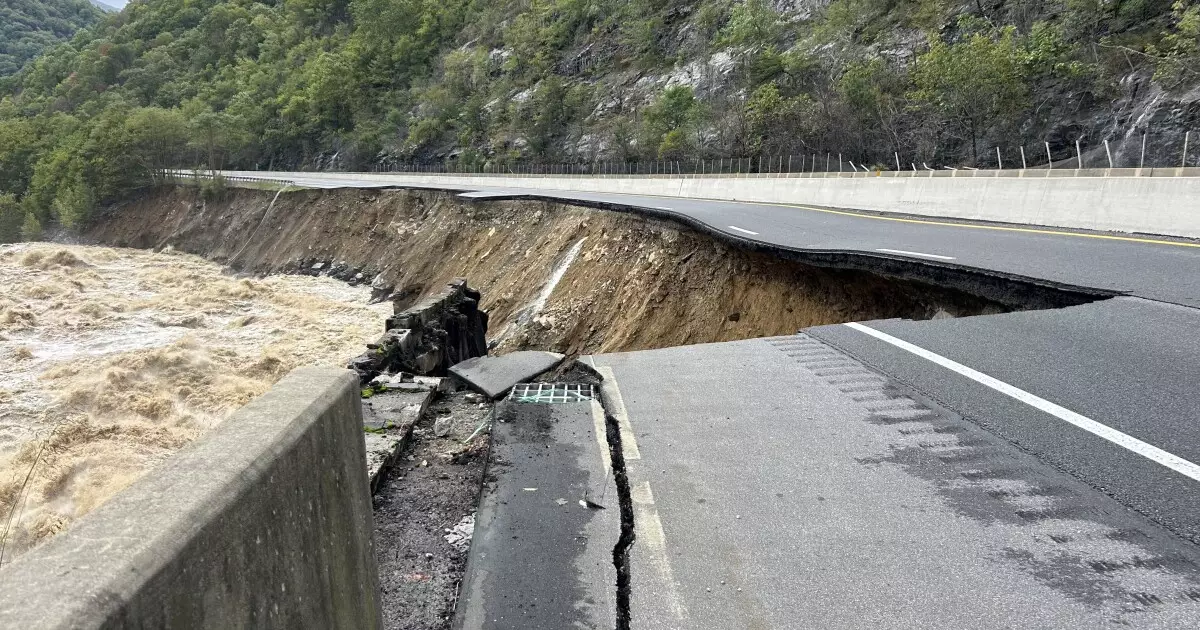Natural disasters are unpredictable and often devastating events that necessitate swift and effective government response. However, recent reports have raised serious concerns regarding the Trump administration’s plans to drastically reduce staffing and capabilities within key federal programs designed to aid recovery efforts after such calamities. As President Trump considers cutting a staggering 84% of the personnel from the Office of Community Planning and Development (OCPD) within the Department of Housing and Urban Development, the potential ramifications for disaster response become increasingly troubling.
Historically, two agencies have served as the pillars of federal disaster assistance: the Community Development Block Grant (CDBG) program and the Federal Emergency Management Agency (FEMA). These institutions ensure vital resources are allocated to areas devastated by disasters, ensuring a faster recovery process. The proposal to dismantle OCPD’s staffing involvement raises questions about the long-term strategy of federal disaster relief. Analysts point out that reducing staff in such critical roles is tantamount to cutting the public’s safety net during disasters. David Victor, a professor specializing in innovation and public policy, suggests that this overhaul could form a significant political narrative amidst an ineffective disaster strategy.
Moreover, undermining these agencies can be likened to sowing the seeds of a future crisis. An analysis of past federal responses—such as the delays experienced during the Hurricane Katrina crisis—hints at how these changes might significantly tarnish the reputation of the current administration. The failure to properly manage disaster recovery could result in a national narrative focused on incompetence, which could have electoral repercussions.
Many financial experts are watching these developments closely, as they could have broader implications on credit ratings for municipalities reliant on federal aid. According to S&P Global Ratings, federal programs that facilitate disaster recovery generally support municipal credit. A radical overhaul or outright dismantlement of these systems not only risks inefficiencies but could also lead to long-term credit implications, jeopardizing local economies. Matt Fabian, an expert in municipal finance, expressed concern that with staffing cuts, the distribution of grants post-disaster could see delays and greater chances of errors, further impeding recovery efforts.
A case in point is Puerto Rico’s ongoing struggle to recover from hurricanes that struck in 2017. Reports indicate that a considerable chunk of the aid promised has yet to be allocated, raising doubts about the federal government’s capability to deliver timely assistance even before these proposed cuts. Nearly $49 billion in aid, which includes significant contributions from CDBG grants, reflects the challenges faced in disaster recovery funding distribution. These statistics suggest that the existing framework is already complicated at best, and further dismantling will only exacerbate these issues.
State leaders are also sounding the alarm over these impending changes. North Carolina Governor Josh Stein has publicly requested an astonishing $19 billion in additional federal funding following the destruction caused by Hurricane Helene. This situation exemplifies the crucial role that federal disaster assistance plays at the state level. With a request of over $11 billion needing Congressional approval—including $4 billion specifically from CDBG—local leaders see first-hand the essential services these federal programs provide.
Governor Stein’s remarks underline the disaster recovery dilemmas faced by states across the nation. As seen in North Carolina, the toll of a natural disaster is not merely a matter of immediate impact but involves long-term recovery that requires a stable and reliable federal support system. His urgent appeal underscores the vital need for sustained federal involvement in the aftermath of such events.
The Path Forward
In light of these developments, it is crucial to re-evaluate the implications of cutting disaster aid programs. The balance of state and federal responsibilities in disaster response needs careful consideration to ensure the public is not left vulnerable in their time of need. If the proposed staffing cuts move forward, the fallout could be felt in communities nationwide, turning natural disaster recovery efforts into a protracted struggle rather than a swift, strategic response.
The political, financial, and human costs of these cuts could lead to devastating consequences when disaster strikes. Therefore, it is imperative for both lawmakers and the public to advocate for a robust disaster aid strategy that prioritizes resiliency, efficiency, and effective recovery—ensuring that when disasters occur, aid will be readily available, and lives can be rebuilt.

